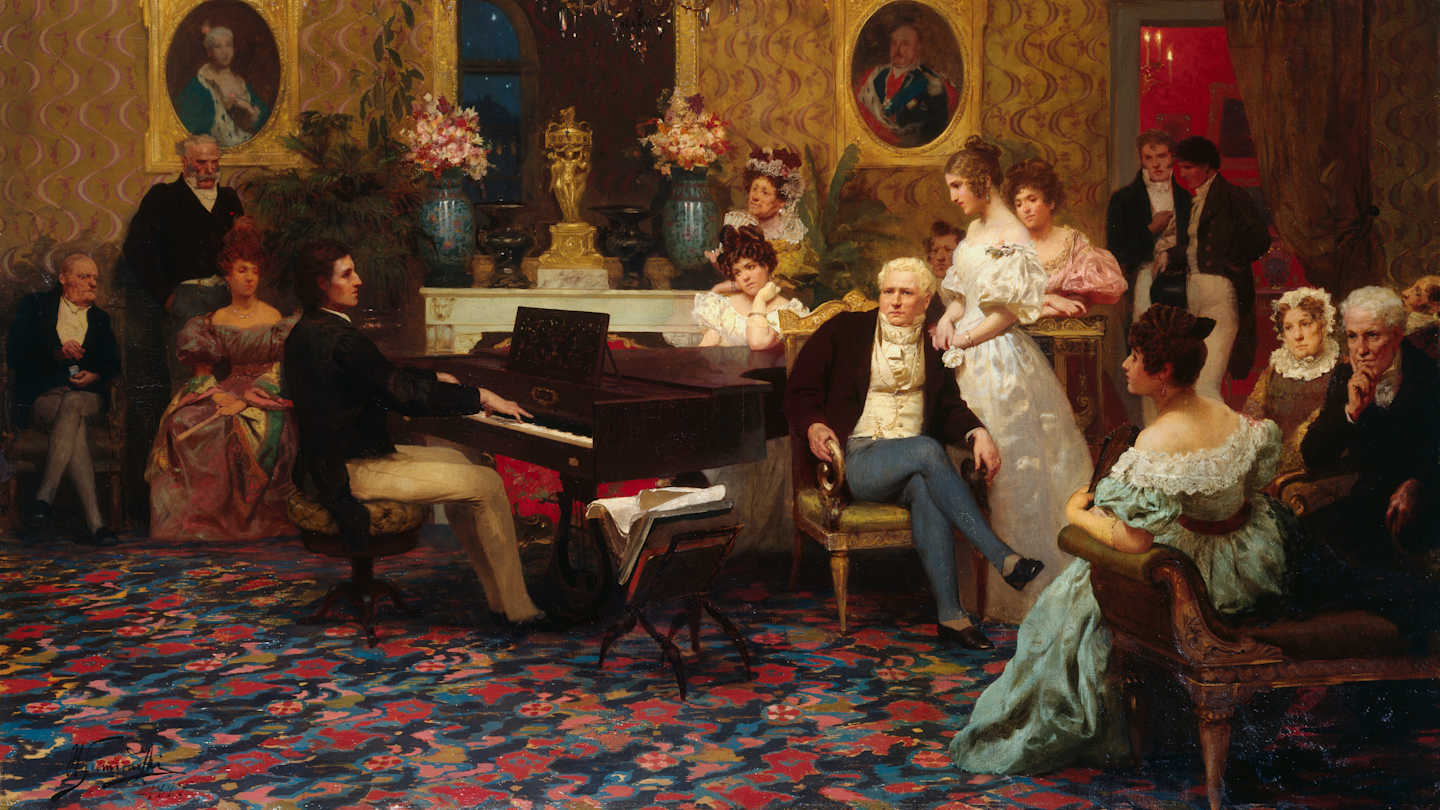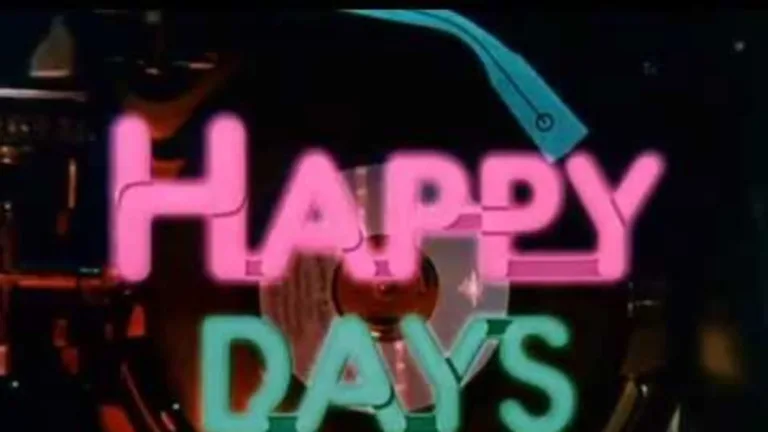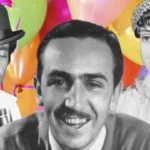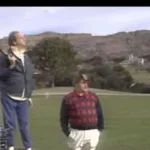Looney Tunes cartoons have captivated audiences for generations with their slapstick humor and unforgettable characters. But beyond the iconic visuals and witty dialogue lies a fascinating musical element that often goes unnoticed: the masterful use of Classical Music. Warner Brothers animators understood the power of pairing comedic gags with familiar melodies, creating a unique sonic landscape that enhanced the cartoons’ Comedic Impact. This blend of humor and highbrow artistry has become a hallmark of the Looney Tunes experience, leaving a lasting impression on viewers worldwide.
The integration of classical music in Looney Tunes wasn’t merely a stylistic choice; it was a strategic one. By utilizing famous orchestral pieces from composers like Beethoven, Strauss, and Chopin, animators could quickly establish a specific mood or tone within a scene, setting the stage for comedic mayhem. A playful rendition of Brahms’ “Hungarian Dance No. 5” might accompany Bugs Bunny outwitting Elmer Fudd, while a dramatic excerpt from Wagner’s “Ride Of The Valkyries” could underscore Daffy Duck’s over-the-Top Schemes.
This clever juxtaposition of seemingly disparate elements—lighthearted animation and grand classical scores—created a sense of delightful absurdity that resonated with audiences. The cartoons cleverly subverted expectations by placing these majestic compositions in humorous contexts, transforming the familiar into something entirely new and entertaining. Through this ingenious use of classical music, Looney Tunes solidified its place as a pioneering force in animation history, proving that laughter and artistry could Coexist Harmoniously.
Classical Music In Animation
The use of classical music in animation extends far beyond the iconic world of Looney Tunes. Throughout history, animators have recognized the inherent power of these musical scores to elevate and enhance their creations. From Disney’s timeless classics to modern CGI masterpieces, classical music has been a recurring element, Adding Depth, Emotional Resonance, and a touch of grandeur to Animated Storytelling.
Classical music’s ability to evoke a wide range of emotions makes it particularly well-suited for animation. A soaring symphony can amplify moments of triumph and wonder, while a melancholic melody can underscore poignant scenes of loss or longing. Composers like Tchaikovsky, Debussy, and Mozart have provided animators with a rich tapestry of soundscapes that can effectively complement the visual narrative, enriching the overall viewing experience.
 Music Urban Legends: Exploring Famous Songs And Myths
Music Urban Legends: Exploring Famous Songs And MythsThis seamless integration of music and visuals creates a truly immersive and Unforgettable Cinematic Journey. Whether it’s the enchanting melodies accompanying Belle’s adventures in “Beauty And The Beast” or the dramatic score driving Simba’s journey to reclaim his rightful place in “The Lion King,” classical music in animation has become an indispensable tool for crafting captivating and emotionally resonant stories.
Famous Composers Featured
The Looney Tunes universe boasts a Surprisingly Diverse Soundtrack, drawing inspiration from notable classical composers across different eras and genres. Warner Brothers animators weren’t afraid to dip into the rich catalog of musical masterpieces, selecting pieces that perfectly complemented the comedic chaos unfolding on screen. This eclectic mix of Famous Composers helped elevate the cartoons beyond simple Slapstick Humor, adding a layer of sophistication and cultural reference that resonated with audiences.
From the playful waltzes of Johann Strauss Ii, often accompanying Bugs Bunny’s Charming Escapades, to the dramatic overtures of Richard Wagner, used to heighten moments of frantic suspense in Daffy Duck’s schemes, the Looney Tunes cartoons showcased a wide range of musical styles. The whimsical melodies of Frédéric Chopin found their way into scenes featuring delicate and graceful characters like Tweety Bird, while Bedřich Smetana’s “Vltava” provided a majestic backdrop for grand adventures involving Elmer Fudd and Yosemite Sam.
This clever use of famous composers underscored the cartoons’ ability to blend highbrow culture with Lowbrow Humor, creating an endearingly paradoxical experience that Continues To Delight Audiences Today. The presence of these esteemed names in the soundtrack subtly elevates the entire Looney Tunes universe, reminding viewers that even within the realm of slapstick comedy, there is room for artistic sophistication and musical brilliance.
Enhancing Comedy with Scores
The genius of Looney Tunes lies in its ability to seamlessly blend humor and musical scores, creating a comedic synergy that elevates the cartoons beyond simple visual gags. The carefully chosen classical music often serves as a comedic foil, enhancing the absurdity of the situations and amplifying the humor through unexpected juxtapositions.
Imagine Bugs Bunny nonchalantly munching on a carrot while a dramatic excerpt from Beethoven’s “Moonlight Sonata” plays in the background – the contrast between the serene music and the mischievous rabbit creates a delightful sense of incongruity that sends viewers into fits of laughter. Similarly, a playful polka by Johann Strauss Ii might accompany Daffy Duck’s frantic attempts to outwit his nemesis, adding a layer of slapstick charm To His over-the-Top Antics.
This strategic use of music allows for a deeper understanding of the characters and their actions, enriching the comedic experience. A melancholic melody can underline the pathos of a failed scheme, while an upbeat waltz can underscore the celebratory triumph of a successful prank. By expertly weaving classical scores into the fabric of their cartoons, Looney Tunes animators created a unique brand of humor that continues to resonate with audiences generations later.
Bugs Bunny’s Musical Mayhem
Bugs Bunny, the iconic trickster rabbit of Looney Tunes, is known for his quick wit, Charming Personality, and of course, his penchant for outsmarting his adversaries with a mischievous twinkle in his eye. But what often gets overlooked is Bugs’s remarkable ability to utilize classical music as a tool for both comedic effect and strategic advantage.
Whether it’s nonchalantly humming an aria from “The Marriage Of Figaro” while evading Elmer Fudd or dramatically conducting a symphony with carrots during a tense standoff, Bugs demonstrates a playful mastery over Musical Cues. He often uses classical melodies to set the tone for his schemes, playing along with famous pieces as he orchestrates elaborate pranks and escapes. This unexpected fusion of music and mayhem creates a unique brand of slapstick comedy that is both endearing and hilarious.
Bugs Bunny’s musical escapades exemplify the clever way in which Looney Tunes seamlessly combines highbrow culture with lowbrow humor, reminding viewers that even within the realm of cartoon shenanigans, there’s always room for a touch of musical brilliance.
A Legacy of Laughter and Music
The impact of classical music in Looney Tunes extends far beyond the realm of animated entertainment. Its influence can be seen in the enduring legacy of laughter and cultural touchstones that these cartoons have Left Behind. The clever use of musical scores not only enhanced the comedic timing and visual gags but also contributed to the unique identity and charm of the Looney Tunes universe.
Generations of viewers have grown up associating iconic characters like Bugs Bunny with memorable classical pieces, creating a lasting connection between music and animation that transcends time. These cartoons have introduced countless audiences to the beauty and power of classical music in an accessible and Entertaining Way, sparking a lifelong appreciation for these Timeless Compositions.
The legacy of Looney Tunes lies in its ability to seamlessly blend humor, creativity, and cultural references, leaving an indelible mark on popular culture. The clever use of classical music serves as a testament to the enduring power of artistic expression and its ability to connect with audiences on multiple levels, ensuring that the laughter and music of Looney Tunes continue to resonate for years to come.










